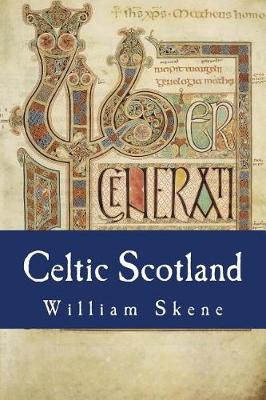Cambridge Library Collection - Medieval History
1 primary work • 2 total works
Volume 2
The historian William Forbes Skene (1809-92), encouraged to learn Gaelic by Sir Walter Scott, a friend of his father, combined a career as a lawyer in his family's firm with a deep interest in the history of the Celts, which was strengthened by a period of philological study in Germany. This three-volume history of Celtic Scotland (or Alban, to give it the name used in the subtitle), regarded as his most important work, was published between 1876 and 1880. Skene's intention was 'to ascertain the true facts of the early civic history' of Scotland, given that the works of medieval Scots historians could not be relied upon for a factual narrative. The three volumes are organised by topic. Volume 2 deals with 'church and culture', including the Celtic churches of Scotland, Ireland and Cumbria, particularly the great centre of Iona, and the tradition of learning associated with Celtic monasticism.
The historian William Forbes Skene (1809-92), encouraged to learn Gaelic by Sir Walter Scott, a friend of his father, combined a career as a lawyer in his family's firm with a deep interest in the history of the Celts, which was strengthened by a period of philological study in Germany. This three-volume history of Celtic Scotland (or Alban, to give it the name used by Skene in his subtitle), regarded as his most important work, was published between 1876 and 1880. Skene's intention was 'to ascertain the true facts of the early civic history' of Scotland, given that the later works of medieval Scots historians could not be relied upon for a factual narrative. The three volumes are organised by topic. After an introductory chapter, Volume 1 considers the history and ethnology of early Britain; Volume 2 the Celtic church and culture; and Volume 3 the land and people.

